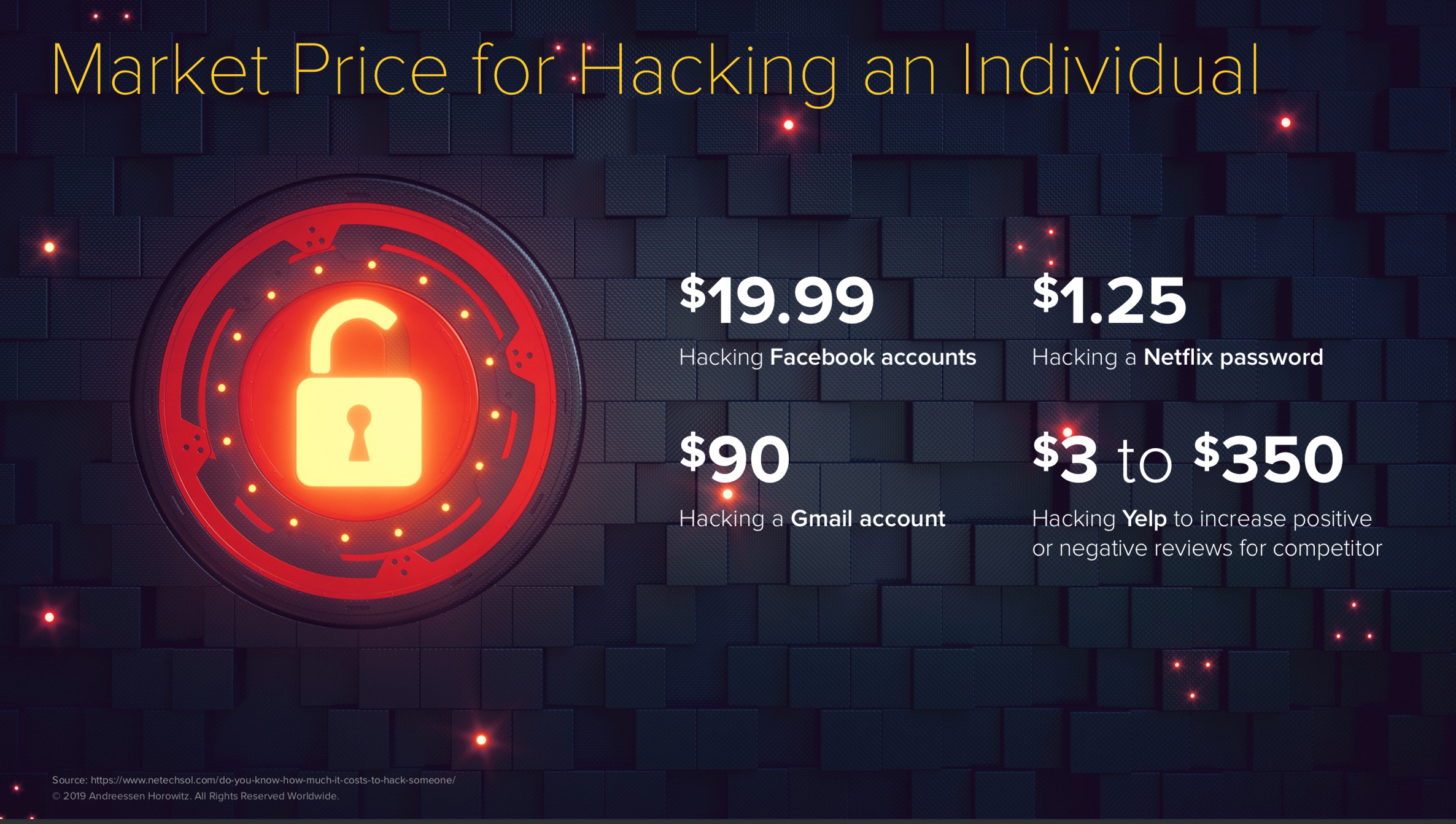This post first appeared in the a16z enterprise newsletter. Subscribe to the a16z enterprise newsletter and stay on top of the latest tech and trends.
In This Issue:
- AI = Software + Services?
- From Product to Sales CEO
- Data Security: Evolving Beyond DLP
- From Our a16z Summit
AI = Software + Services?
Martin Casado, Matt BornsteinAI companies are emerging as an entirely new class of business, with some elements that resemble traditional software and others that are more like services. Anecdotally, we see gross margins for AI companies around 50-60%, somewhere between software’s typical 60-80%+ and services’ 30-50%. Why? ML and deep learning demand more cloud compute, not to mention humans to curate and maintain data. Scaling is hard, because it requires uncoiling the long tail of edge cases. And technical differentiation (and defensibility) is more challenging, as data becomes more commoditized and more models are open source.
Even so, we remain optimistic about AI. While the challenges likely won’t be eliminated, they can be minimized or turned into strengths. Founders can embrace services to capture greater value from customers. They can reduce cloud costs by reducing model complexity and optimizing their ML tooling. And perhaps the most important thing a founder can do? Find the right problem domain.
Read more here:
From Technical to Product to Sales CEO
a16z editorialMany startup founders evolve from “technical” to “product” to “sales” and go-to-market at scale CEOs. But that journey isn’t as neat or as linear as it looks. In these two podcasts recorded last year, we go deep with founders/CEOs who went on those journeys – tackling questions such as: What to focus on when? How do you build the right team for the right play, and at the right time? And how to define product-market fit when it hinges on users understanding the business value of your product?
Listen/read here:
- What time is it? Hard-earned lessons learned (with David Ulevitch and Sonal Chokshi)
- What comes first? Product-market-sales-fit (with Jyoti Bansal, Peter Levine, Satish Talluri, and Sonal Chokshi)
Data Security: Evolving Beyond DLP
Joel de la GarzaWhen a new platform emerges, a new ecosystem springs up around it – but the current emerging enterprise data ecosystem is missing next generation data security. As more data and applications migrate to the cloud, endpoint devices proliferate, and APIs increase vulnerabilities, the existing toolchains (e.g. legacy DLP 2.0, CASP 2.0) are inadequate.
Organizations want and need a solution that tracks data throughout the entire lifecycle and allows for role-based controls. IT security budgets have grown 10% year over year as security goes from afterthought to critical line item. It’s not just about security, however; it’s also about compliance and data privacy. Since 2011, data-driven risks have already increased the cost of compliance by 45%.
Bottom line: the market is ready for tools that provide a unified view, can handle real-time data, and are easier to integrate.
From Our a16z Summit
a16z editorialYou Are the New Attack Vector
From business email compromise to SIM ports, cyberattacks have shifted from networks to you. It’s not only easier to hack people than it is companies today – and that includes employees of organizations – it’s also incredibly profitable. Martin Casado follows the money – and the trends – in this talk.
The Open Source CIO
Peter Levine also chatted with Mike Kelly, CIO of Red Hat during a16z Summit about why there will never be another Red Hat, when an open source project becomes a product, and how founders should think about M&A beyond the spreadsheets. Listen here.






